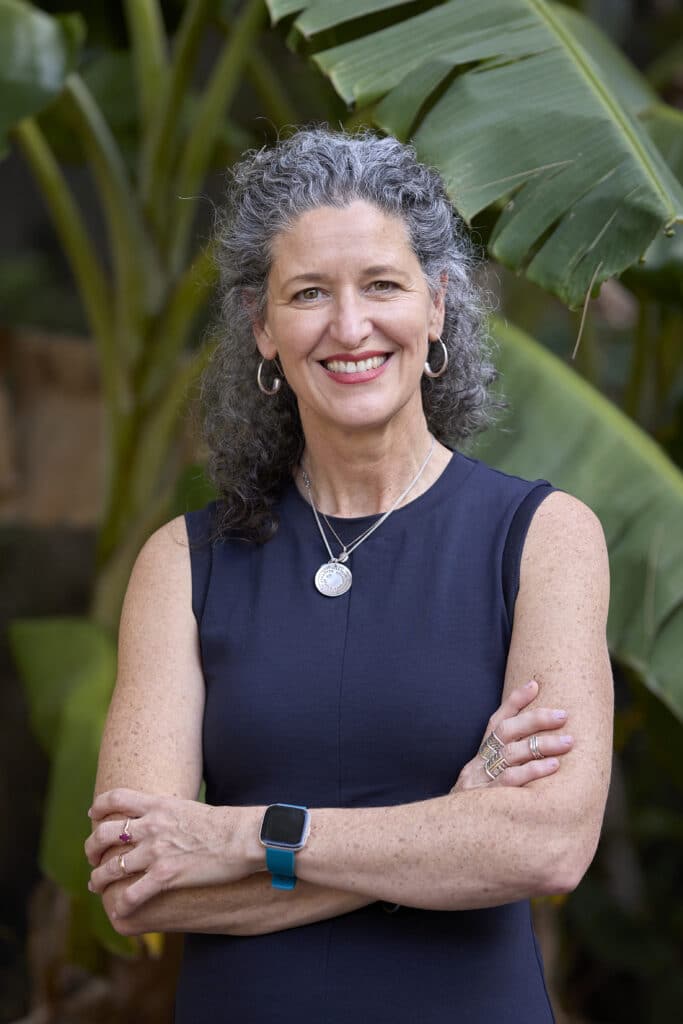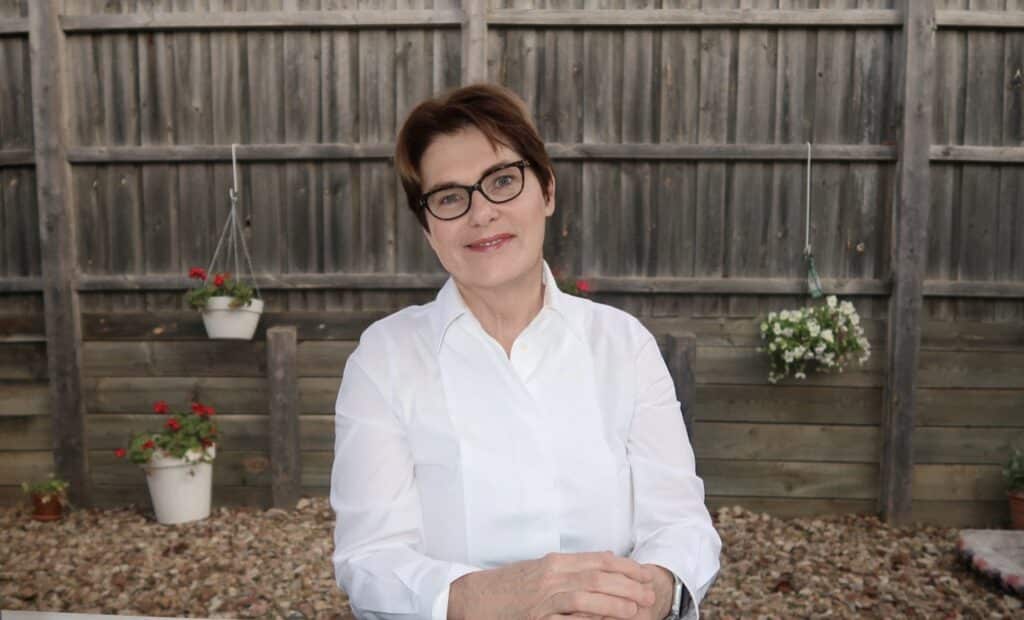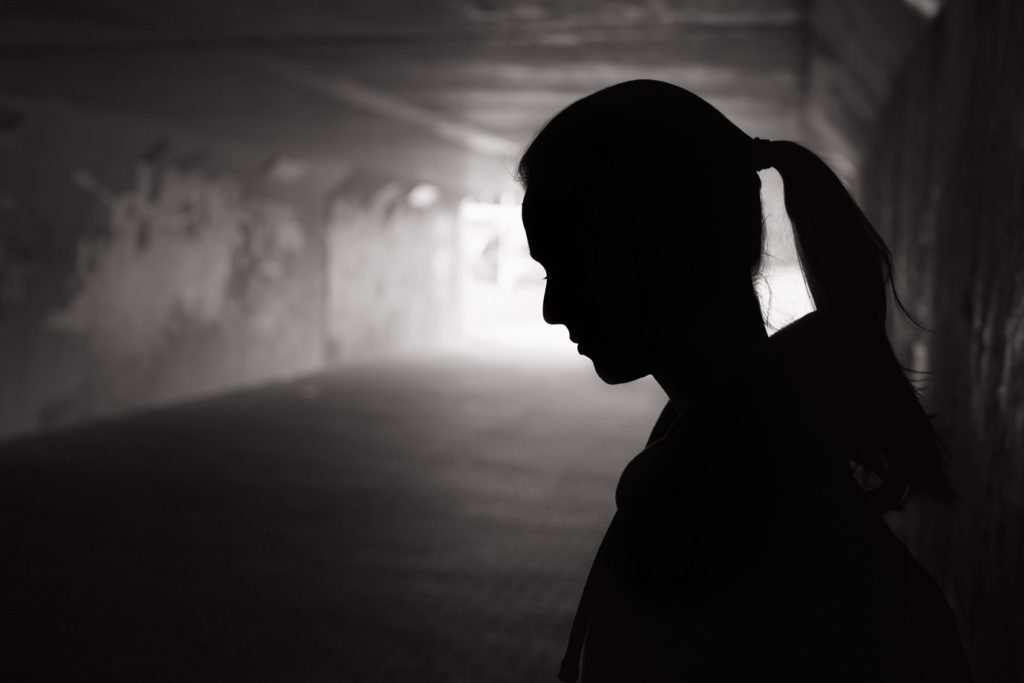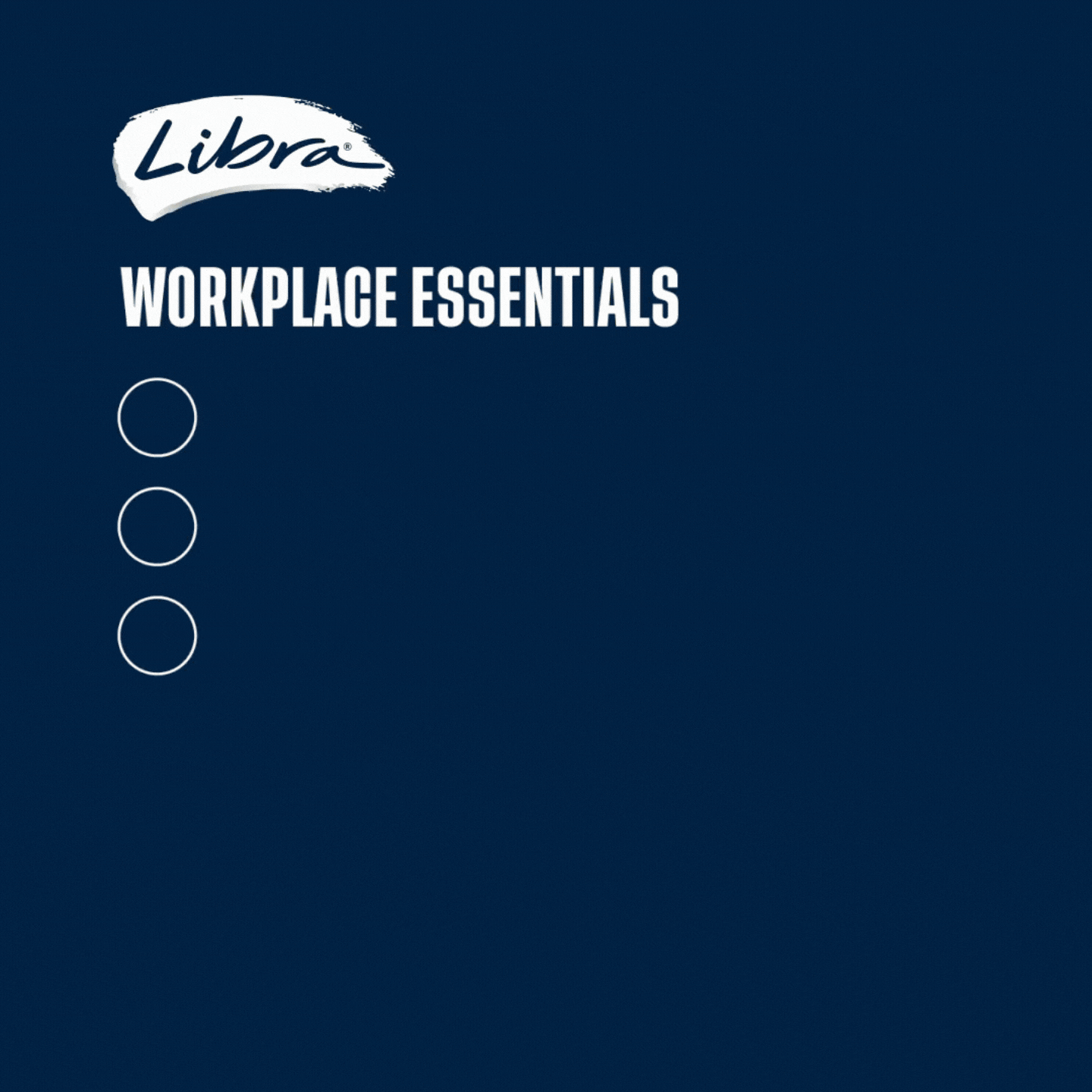Almost half of women who experience homelessness in Australia are victims of domestic, family and sexual violence.
This week is Homelessness Week, and many advocates are concerned for women, children and young people experiencing homelessness after escaping a violent situation, while the government has expressed its commitment to addressing the housing crisis in Australia.
Women are the fastest growing cohort of people experiencing homelessness in Australia. In the 2021 Census, 44.2 per cent of the 122,494 people estimated to be experiencing homelessness were women.
This was a 10.1 per cent increase from the 2016 Census, according to the Australian Bureau of Statistics: women accounted for 81.7 per cent of the 6,067 increase of people experiencing homelessness in 2021.
The leading cause of this increase is domestic and family violence, according to Homelessness Australia: 45 per cent of all women and girls seeking homelessness assistance had cited family and domestic violence as the cause.
In its 2024 State of Response report, Homelessness Australia found 13,643 women and 10,773 children in NSW who experienced domestic and family violence in 2022-23 were assisted by homelessness services.
Simone Parsons, the COO of NSW community housing provider Bridge Housing, said the threat of homelessness for women and children is becoming a reality, as rates of domestic and family violence remain as high as ever.

“Homelessness is another brutal experience for women and children already coping with the trauma of domestic and family violence,” Parsons said.
“Imagine building up the courage to walk out of your home with your children and having nowhere safe to live. Having to choose poverty and homelessness in exchange for safety.
“The fear of ‘Where will we live?’ prevents many women from leaving at all, or forces families to return to the danger at home. The lack of a clear pathway and resources to help secure a safe place to live, can be life threatening.”
Parsons said she welcomes the opportunity to work with the government to address this growing crisis for women and children.
Meanwhile, newly appointed Minister for Housing and Homelessness, Minister Clare O’Neil, said the federal government is “committed to addressing all aspects of the housing crisis”, including homelessness.
“We are making significant investments to provide Australians with safe housing and support vulnerable people in our community,” Minister O’Neil said.
“We have committed more funding to housing in the last budget than the previous government did during their entire nine-year term in government.”
Children and young people
Children and young people are also vulnerable to homelessness: according to the Lighthouse Foundation, more than 45,000 people under 24 are without a safe home. Statistics from the Australian Institute of Health and WElfare show more than 80 per cent of young people who sought assistance from housing services in 2022-23 were not accompanied by a parent or guardian.
Brenda Boland, the CEO of Lighthouse Foundation, said frontline services urgently need support and investment from federal and state governments.

For her organisation, Lighthouse’s Hub desperately needs support from governments to give foster carers a “home away from home”. The first Hub was set up in Melbourne’s north three years ago, with Lighthouse opening its second Hub in south Melbourne just last week.
Boland said the Hub provides carers with therapy, assistance with school drop-offs, and even overnight stays for children.
“This model, unique to Lighthouse, is rewriting the way foster families and kinship care families are supported, providing additional support beyond what is funded in recognition of the critical role carers play for vulnerable children and families,” Boland said.
“Our Lighthouse Homes, Foster and Family Care and In Community care environments ensure our support reaches vulnerable children and young people where and when they need it, for as long as necessary to support them to heal and thrive.”


